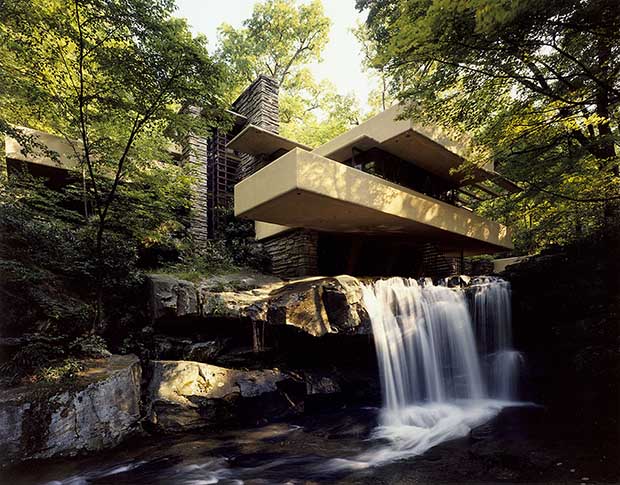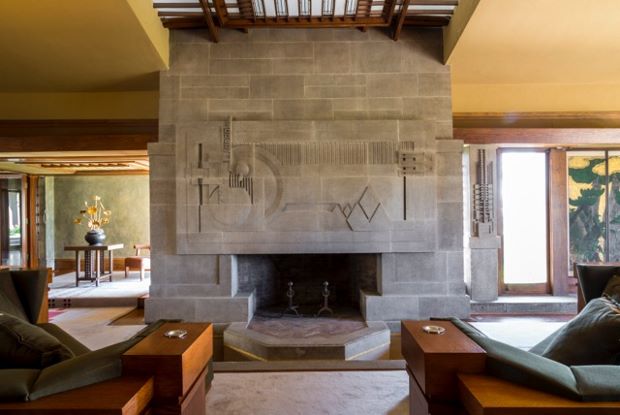
Why Frank Lloyd Wright didn't make UNESCO's list
Le Corbusier was added to the World Heritage List a few days ago but not Wright - there's a reason for that
Fans of modern architecture will have been pleased to see 17 works by Le Corbusier added to UNESCO’s World Heritage List at the weekend. “These masterpieces of creative genius attest to the internationalization of architectural practice across the planet,” UNESCO said in its citation.
However, that international recognition of architectural genius is not as even spread as some might have liked. A US-backed World Heritage Submission of 10 Frank Lloyd Wright buildings – including Fallingwater, Taliesin West, and the Hollyhock House – did not make the cut.
Why? Well, as Lynda Waggoner, Fallingwater’s director and an active representative of the bid at UNESCO’s meeting in Istanbul earlier this month explained, the multi-site submission was apparently always going to be a difficult task.
“A serial nomination like ours is a very complex undertaking,” said Waggoner. “We appreciate the opportunity to address the Committee’s concerns in the coming months and hope for inscription of the series in a few years."
Waggoner’s hopes are raised by UNESCO’s decision to “refer” the Frank Lloyd Wright submission. The committee usually makes one of four decisions: to inscribe, to refer, to defer or to deny. Referral is generally regarded as the second-best response, and an acknowledgement that, given a few tweaks, the nomination will be added to the list at a subsequent session.

Unfortunately, America is at a slight disadvantage, as it doesn’t have much influence over the committee. The United States stopped contributing to UNESCO in 2011, following the acceptance of Palestine’s membership, and subsequently lost certain voting rights.
Politics aside, it’s obviously impossible to deny Wright’s place within 20th century architecture. Let’s hope his works join Le Corb's on the list sometime soon. For greater insight into his life and work, buy a copy of this definitive monograph, and this collection of his writings.